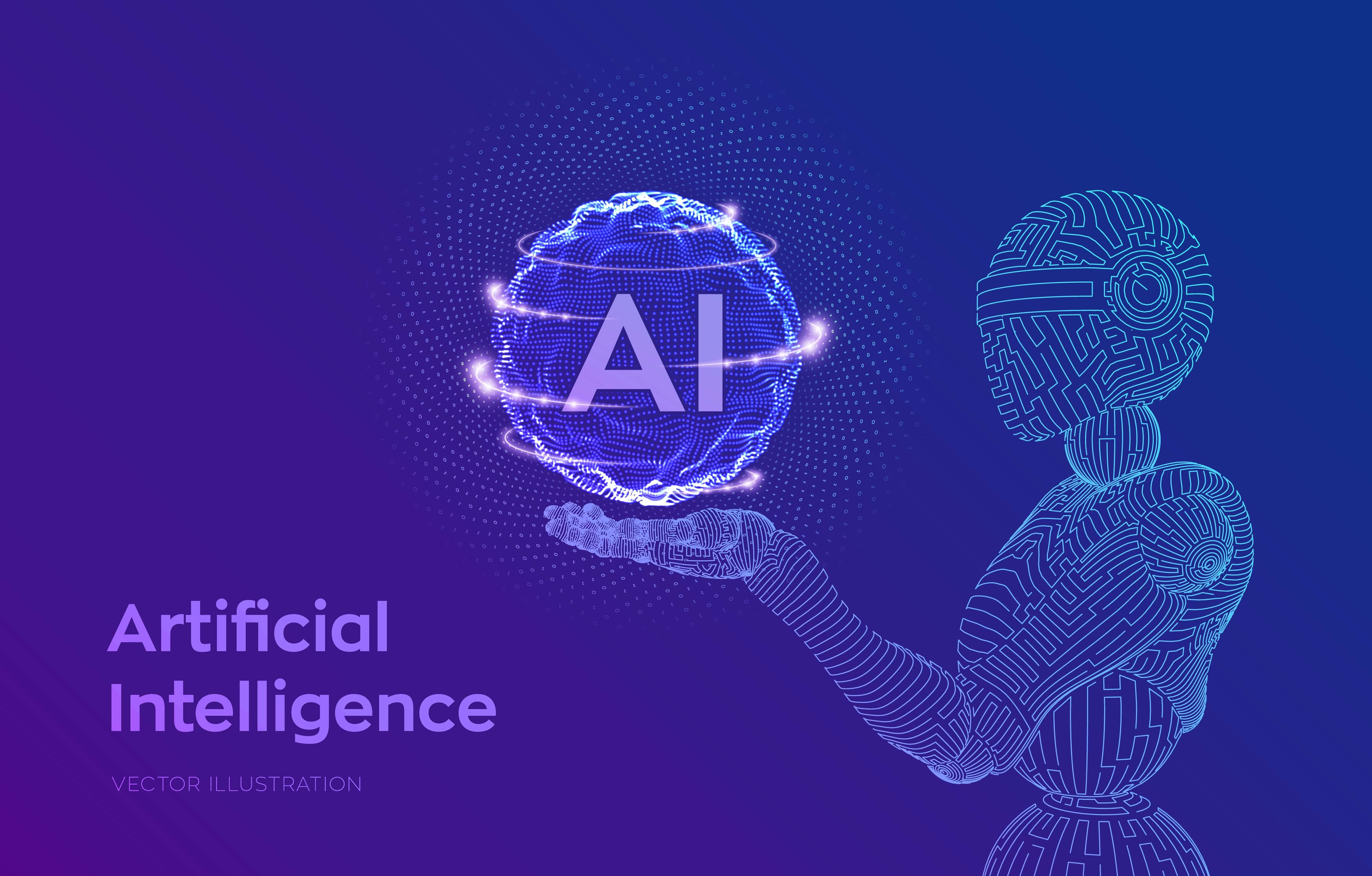What is Generative AI? Everything you need to know
Generative AI is a type of artificial intelligence technology that can produce various types of content, including text, imagery, audio and synthetic data. The recent buzz around generative AI has been driven by the simplicity of new user interfaces for creating high-quality text, graphics and videos in a matter of seconds. The technology, it should be noted, is not brand-new. Generative AI was introduced in the 1960s in chatbots. But it was not until 2014, with the introduction of generative adversarial networks, or GANs -- a type of machine learning algorithm -- that generative AI could create convincingly authentic images, videos and audio of real people.
Generative AI algorithms can be used to improve the efficiency and accuracy of existing AI systems, such as natural language processing and computer vision. For example, generative AI algorithms can be used to create synthetic data that can be used to train and evaluate other AI algorithms.

What are the Benefits of Generative AI?
- Generative AI algorithms can be used to create new, original content, such as images, videos, and text, that’s indistinguishable from content created by humans. This can be useful for applications such as entertainment, advertising, and creative arts.
- Generative AI algorithms can be used to improve the efficiency and accuracy of existing AI systems, such as natural language processing and computer vision. For example, generative AI algorithms can be used to create synthetic data that can be used to train and evaluate other AI algorithms.
- Generative AI algorithms can be used to explore and analyze complex data in new ways, allowing businesses and researchers to uncover hidden patterns and trends that may not be apparent from the raw data alone.
- Generative AI algorithms can help automate and accelerate a variety of tasks and processes, saving time and resources for businesses and organizations.

How Does Generative AI Work?
Generative AI models use neural networks to identify the patterns and structures within existing data to generate new and original content.
One of the breakthroughs with generative AI models is the ability to leverage different learning approaches, including unsupervised or semi-supervised learning for training. This has given organizations the ability to more easily and quickly leverage a large amount of unlabeled data to create foundation models. As the name suggests, foundation models can be used as a base for AI systems that can perform multiple tasks.
Examples of foundation models include GPT-3 and Stable Diffusion, which allow users to leverage the power of language. For example, popular applications like ChatGPT, which draws from GPT-3, allow users to generate an essay based on a short text request. On the other hand, Stable Diffusion allows users to generate photorealistic images given a text input.
